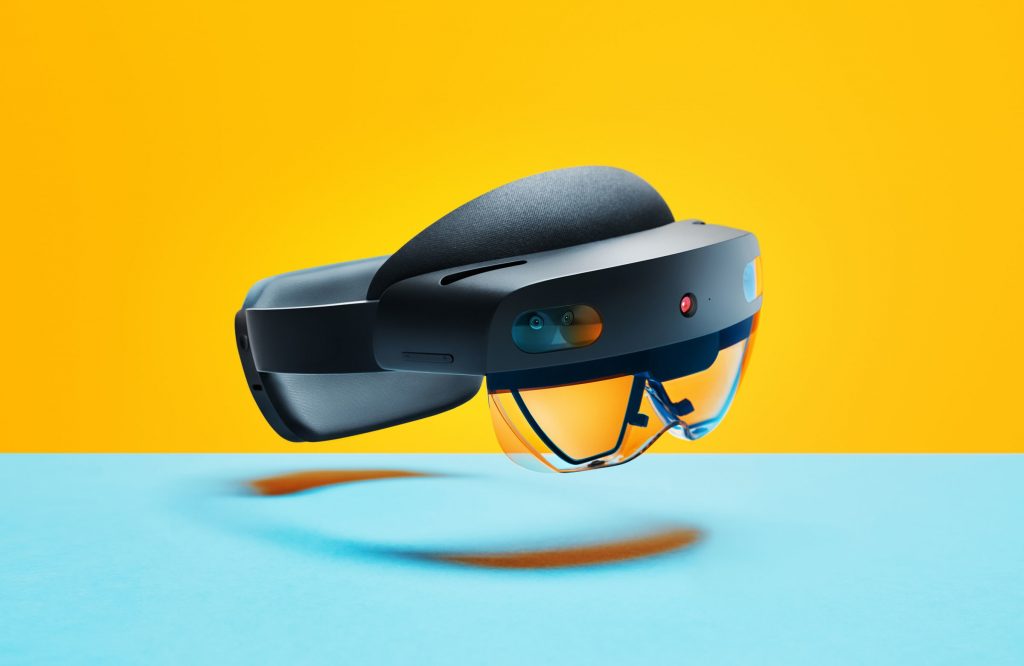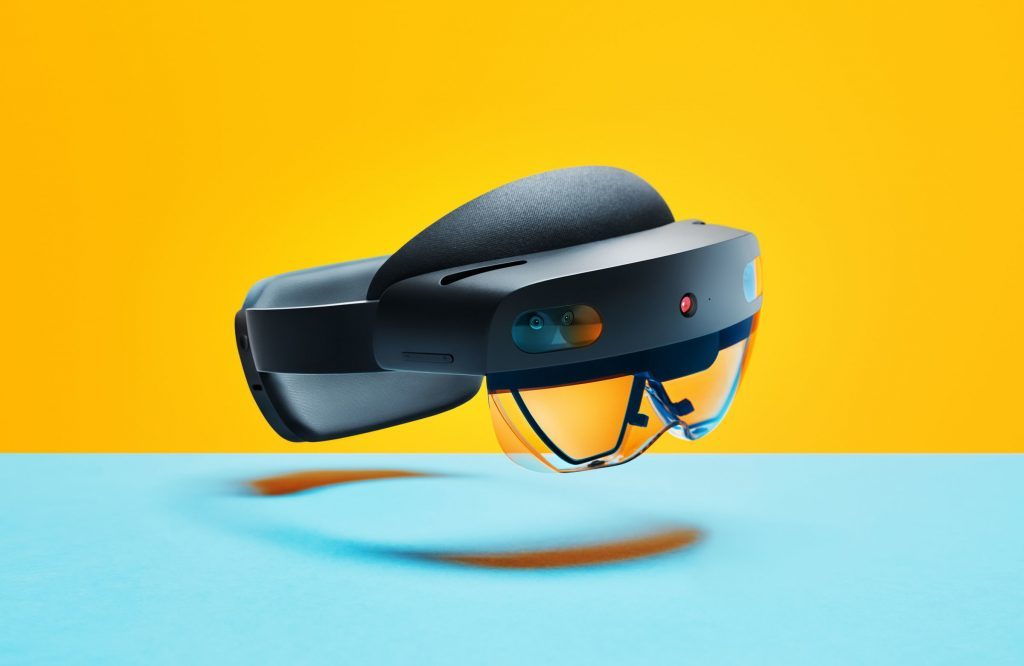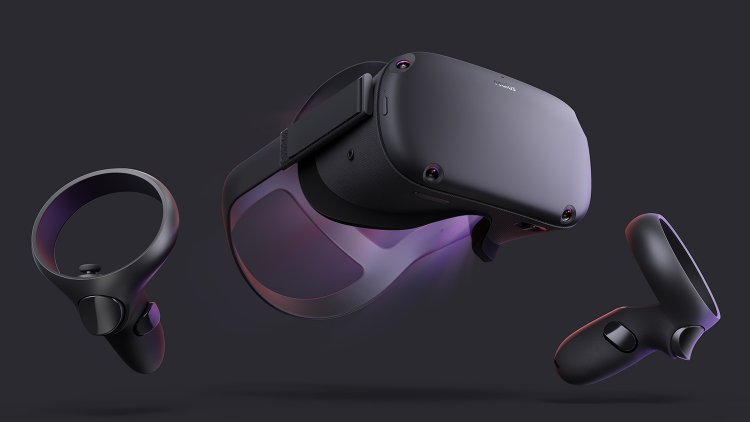Microsoft Unveils its New $3,500 Second-gen Holographic Headset HoloLens 2 at MWC 2019
Starting on Sunday, a few tech giants have already showcased their upcoming technologies, in the Mobile World Congress ( MWC) 2019 happening in Barcelona, Spain, including LG that introduced its forthcoming foldable phone in the same event.

On the same league, Microsoft also revealed its new second generation mixed reality headset, HoloLens 2, the successor to 2016’s groundbreaking holographic headset. The device is an AI-backed pair of goggles, integrated with the company’s Azure cloud services. The new HoloLens 2 is more efficient, more advanced and more improved version of its predecessor.
The HploLens 2 is powered by Qualcomm Snapdragon 850 Compute Platform and also has its own custom-built processing unit. The device comes with an iris authentication technology, such that it is ready to use as soon as the user puts it on. It offers a double field view, approximating 2,000 pixels per eye, maintaining the holographic density of 47 pixels per degree of sight. The headset projects across a 100-degree swath, which is almost double as of its predecessor, projecting to a wider viewing area. It is built with the microelectromechanical system (MEMS) display technology, providing the 2K display for each eye.
The device boasts a 5-channel microphone array, and spatial built-in hardware is employed to the device, which controls the audio I/O of the device. The device is embedded with an advanced ToF sensor, through which the headset allows the users to interact with a hologram with their hands. Now the user does not need to use the virtual reality icons, rather they can simply move their hands to control the HoloLens. It also includes a 12-megapixel RGB camera, to facilitate video conferencing.
The device uses the USB-C for charging and includes a pretty generic 2×2 802.11ac wireless radio. It also offers Remote Rendering which processes the holograms of up to 100 million polygons, through the Azure-powered service, serving as the external GPU for the HoloLens 2.
The new HoloLens 2 is more immersive and more comfortable than its predecessor. The cost of the headset is set to be $3,500 (around Rs. 2,49,000), and currently, is only available on the Microsoft e-shop, for the citizens of United States, Japan, China, Germany, Canada, United Kingdom, Ireland, France, Australia, and New Zealand. According to Kipman, Microsoft’s technical fellow for AI and mixed reality, the device is not for the gamers or the knowledge workers but is specially designed for the enterprise customers, workers who fix gear shifts and work on oil rigs, and the military personnel.

Yashica is a Software Engineer turned Content Writer, who loves to write on social causes and expertise in writing technical stuff. She loves to watch movies and explore new places. She believes that you need to live once before you die. So experimenting with her life and career choices, she is trying to live her life to the fullest.


